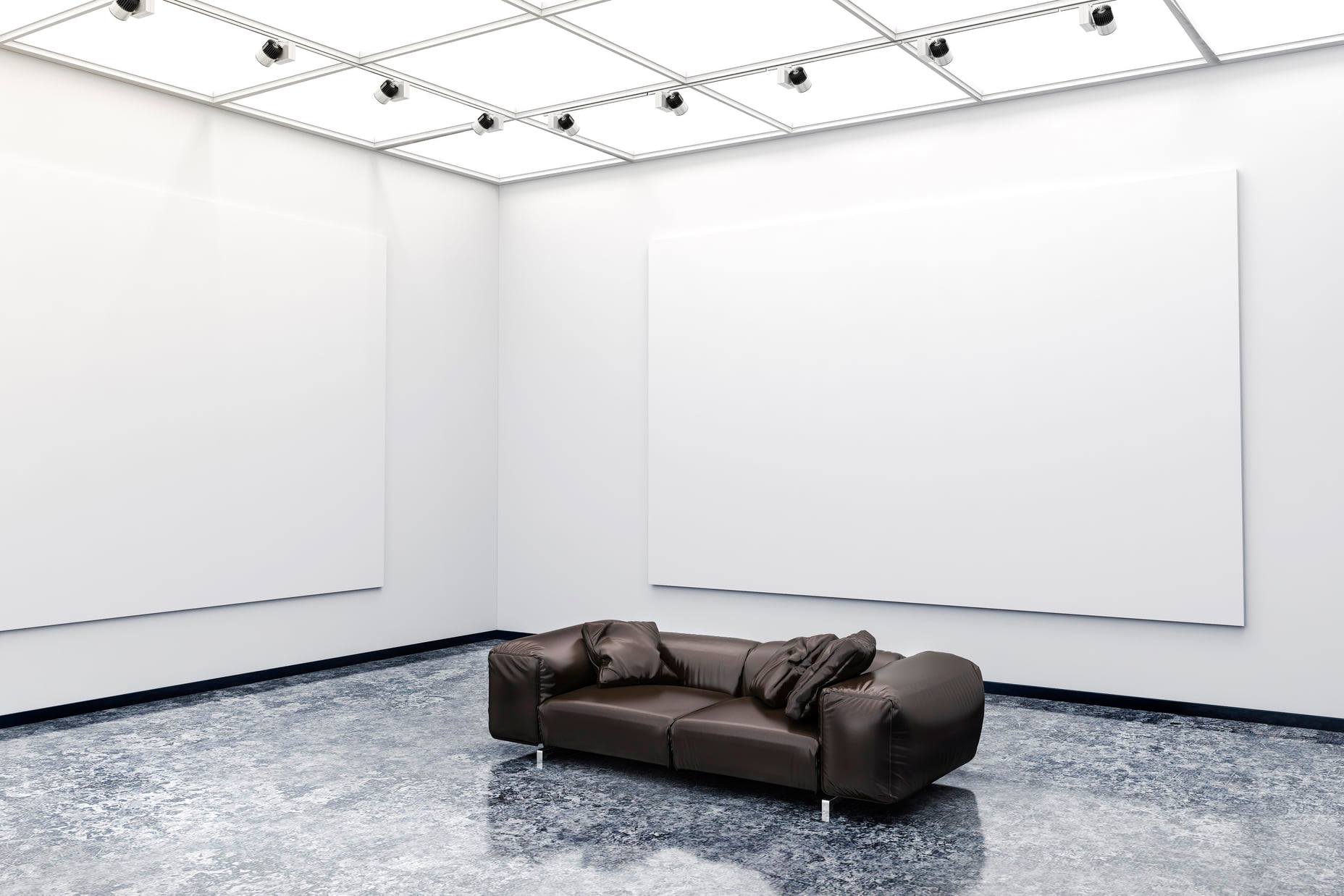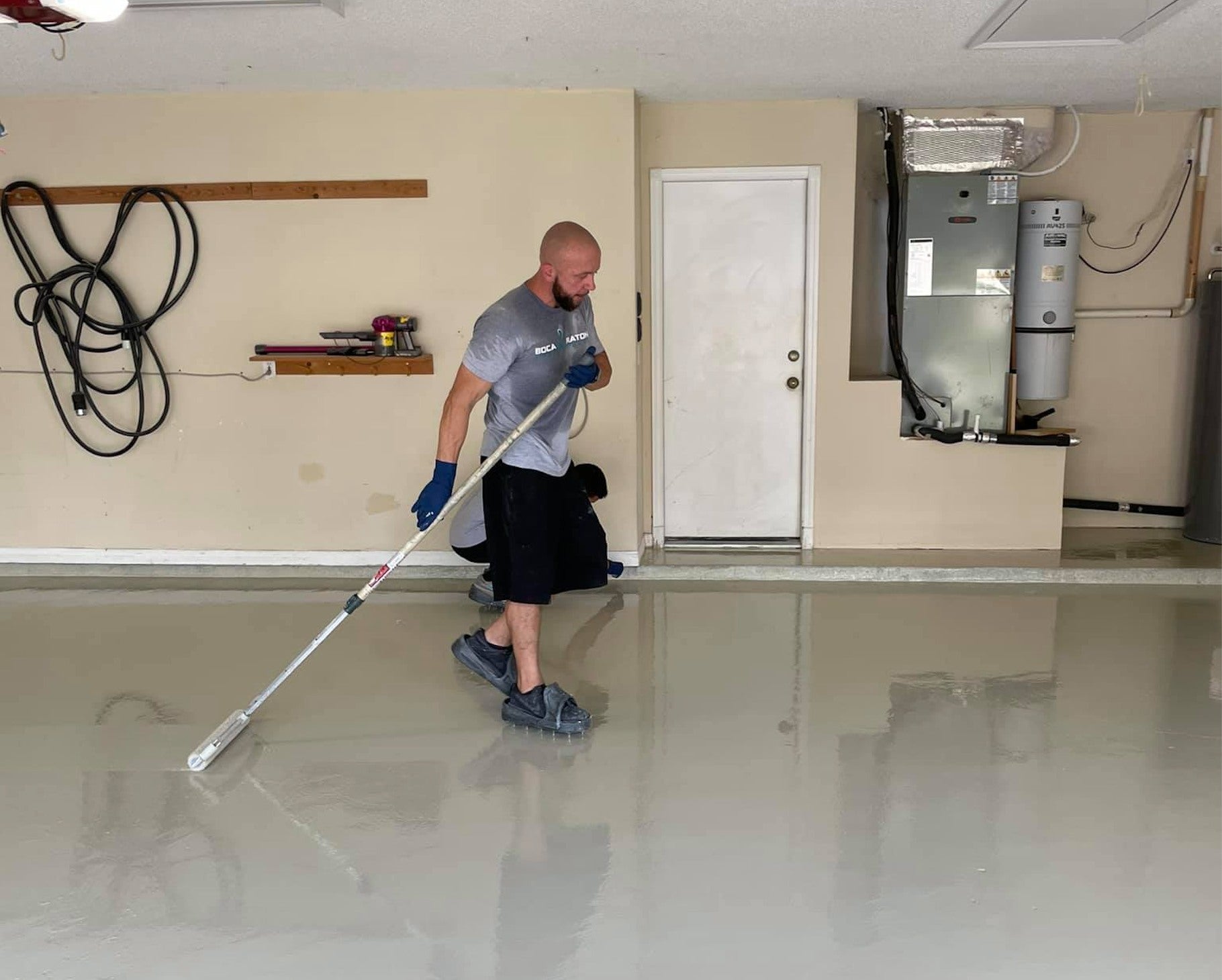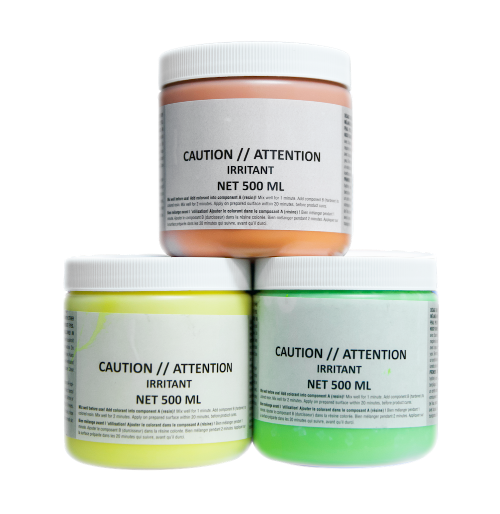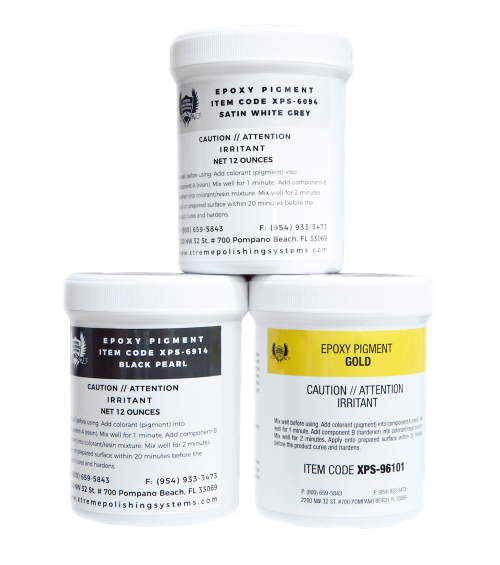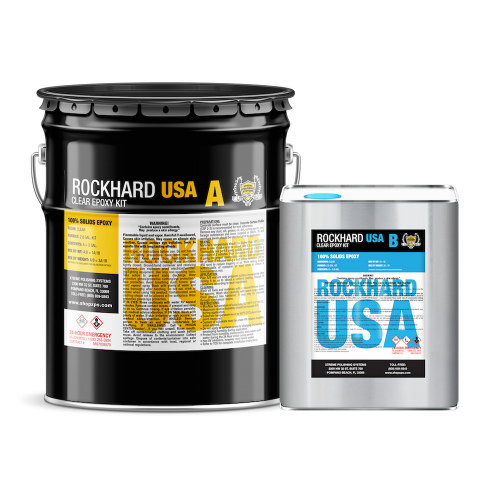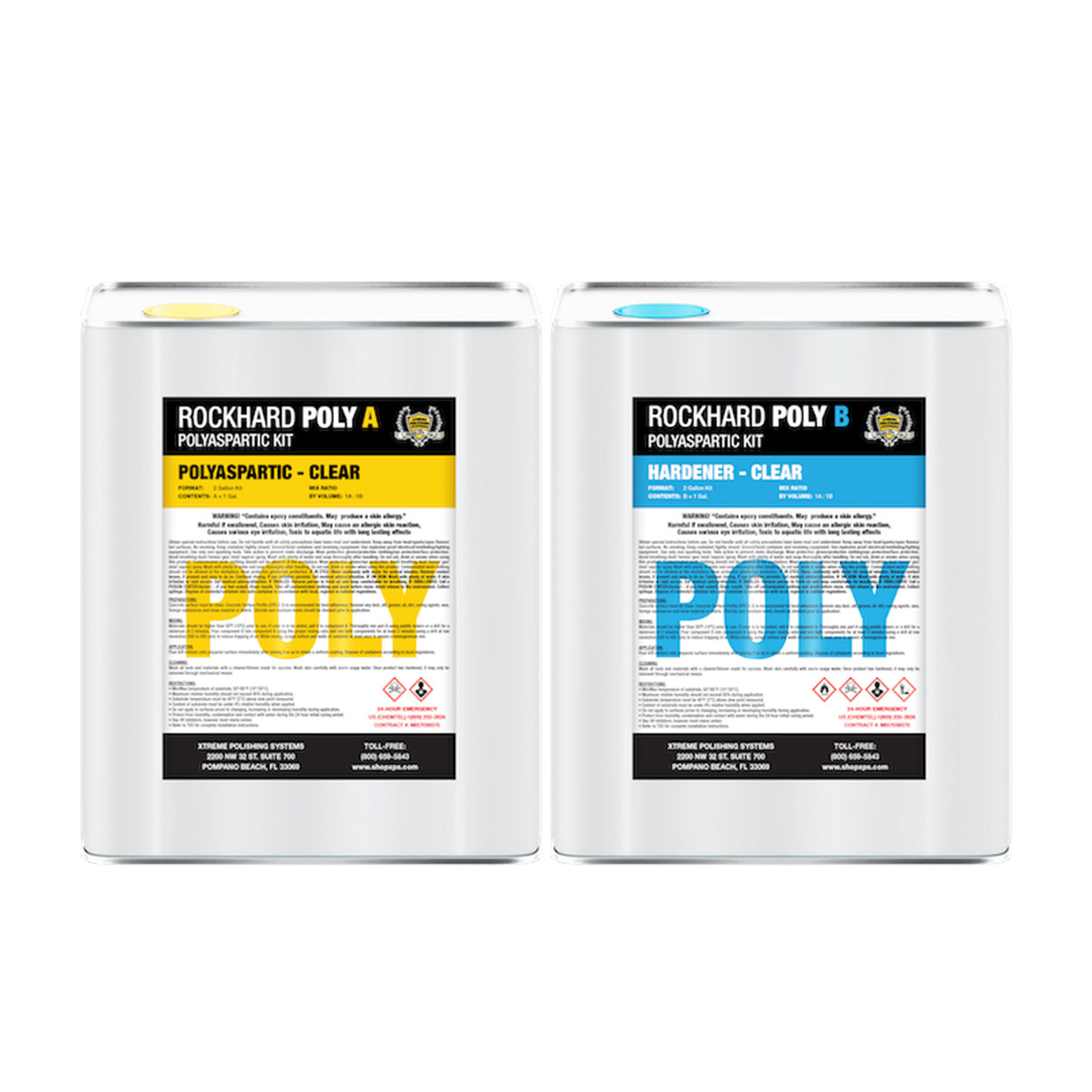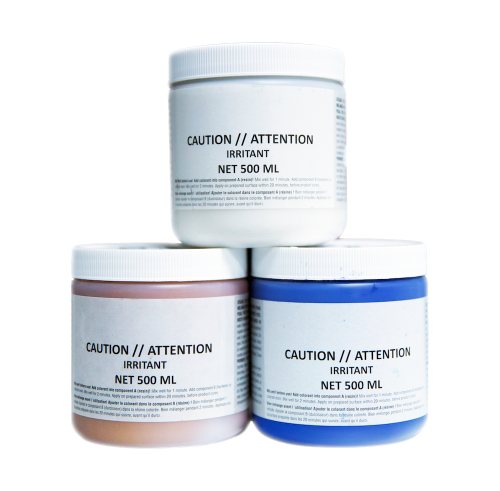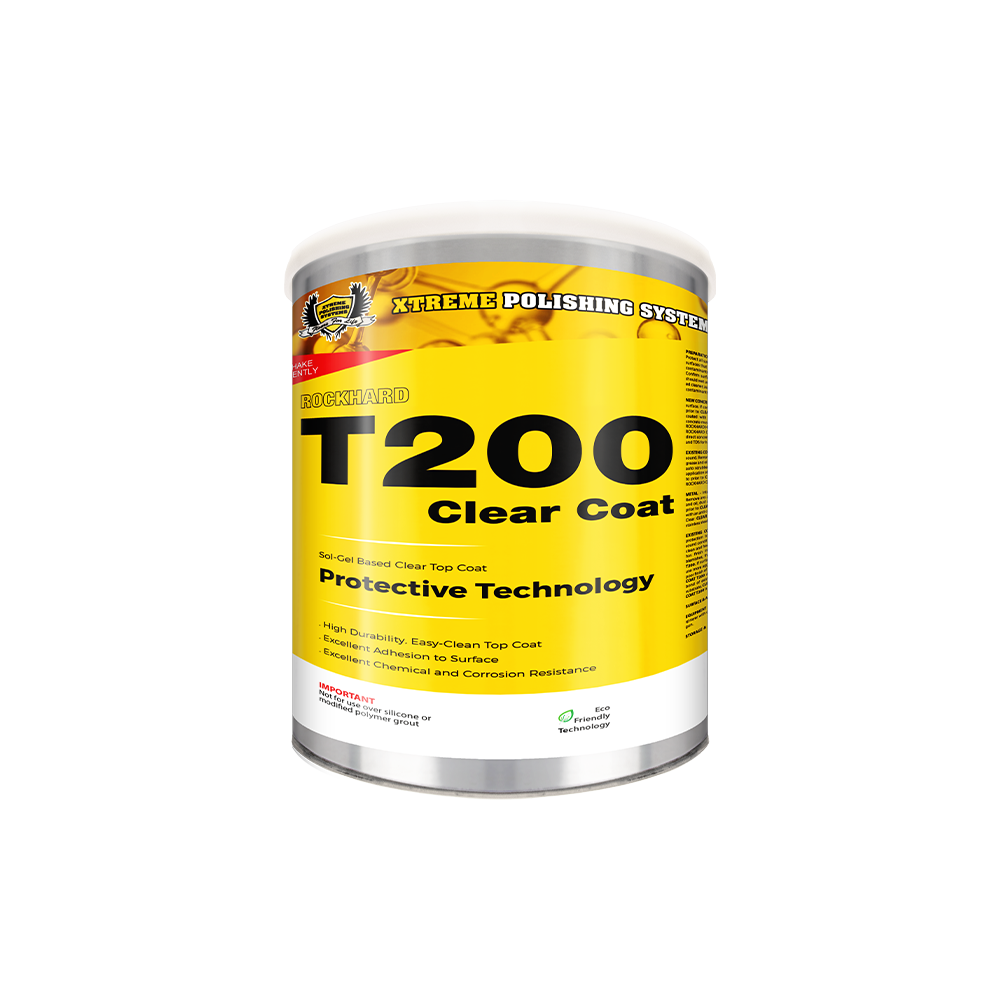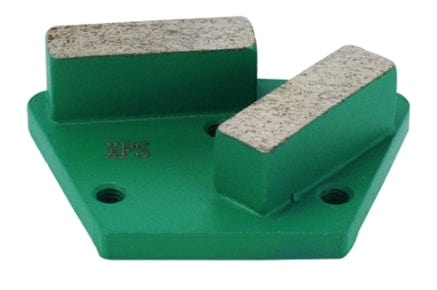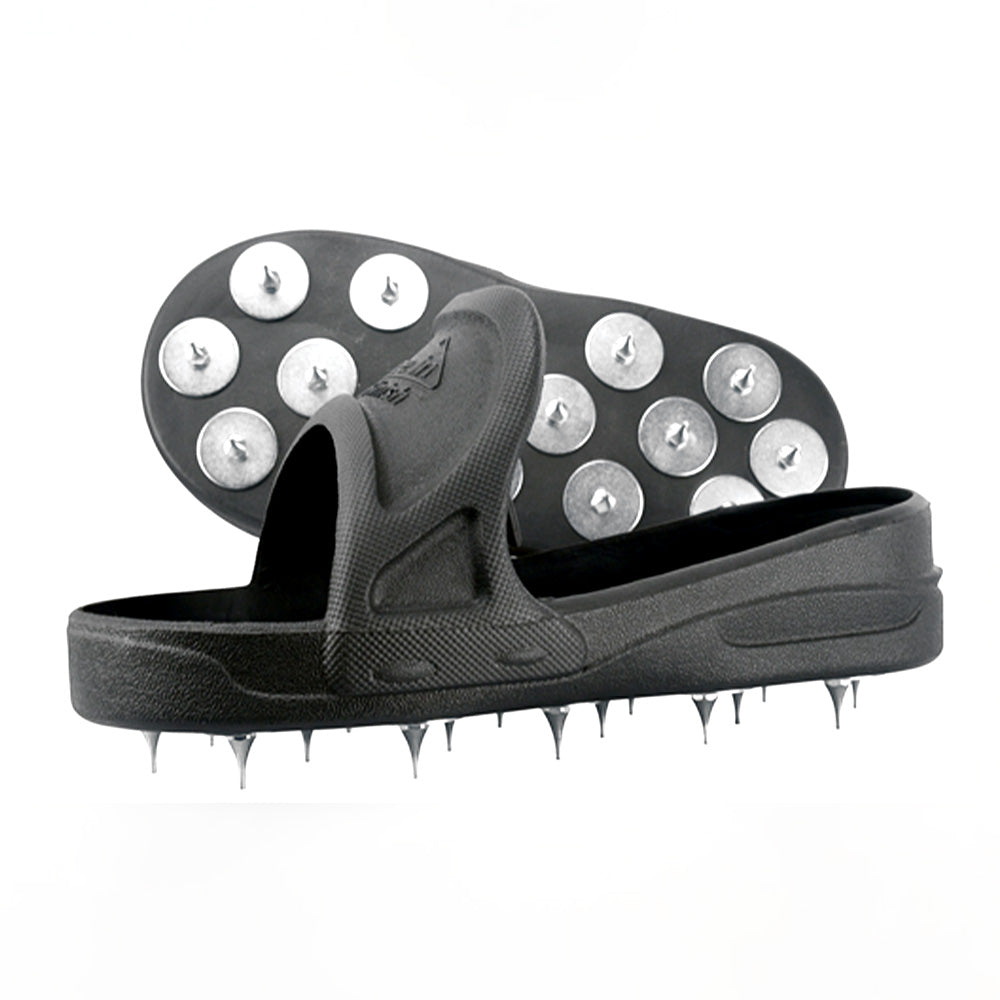In any case, concrete treatments provide long-term durability and aesthetic appeal. These treatments are a cost-effective method to beautify concrete while also providing solid protection for the longevity and preservation of your investment.
With that in mind, here is a quick guide to the various concrete treatments available today!
Acid Staining and Dyeing
Acid staining can provide a variety of colors of natural colors and tones. Chemical reactions created by specialized acid treatments prepared with phosphoric acid or hydrochloric acid result in dappled flooring. Because of its UV protection, this concrete floor treatment is very popular. Moreover, it is simple to install, and once sealed, households and businesses may enjoy years of long-lasting, vibrant color.
The age and condition of the existing floor and the makeup of the mixed concrete itself all influence the ultimate appearance of an acid-stained concrete floor. After the initial treatment, you can apply further acid treatment to the bottom to etch a tile or other design.
Acid staining concrete floor treatment necessitates thorough neutralization and cleaning after the acid stain application before applying a sealer; thus, professional application yields the best results.
On the other hand, dyeing a concrete floor typically entails applying a non-reactive, water or solvent-based color solution directly to the existing concrete floor. There may be more color variations available. The color that remains after dyeing, however, is usually less intense than acid staining.
A sealer can be applied when the dye sets; usually, no extra processes get required. The risk of discoloration from UV light dyes doesn’t normally get suggested for outdoor surfaces.
Coatings
Coatings serve a variety of objectives, including aesthetic enhancement, increased durability, and protection. Acrylics, urethanes, paint, and epoxy are among the topcoat options for concrete floors; paint and epoxy are perhaps the most well-known.
Paint
A clean prepped floor gets frequently used for painting. Before applying a fresh paint covering, removing any existing paints and coatings is required. Correctly preparing the concrete surface improves adhesion and penetration, while polishing the surface reduces discoloration and uneven patches.
You can paint a concrete floor in various colors, and the process is generally simple and inexpensive. Pro tip: a sealer applied over the paint provides the greatest benefits, including making the surface more abrasion-resistant. Moreover, using paint is a simple way to fix damages on your floor.
Ultimately, your choice of paint should be determined by your space’s general purpose.
Epoxy
On the other hand, an epoxy-coated floor might have a similar look to paint but is better suited to high-traffic areas. Because of the layers of primer, resin, and hardener, epoxy provides durability; yet, sealing a concrete surface can occasionally produce bubbling and alkalinity concerns due to restricted vapor transmission.
Moreover, slip and fall dangers, chemical hazards, discoloration, and even noise can all get reduced with epoxy. Epoxy coatings can be tweaked to develop a distinctive aesthetic. For added durability, some epoxy treatments use quartz or aluminum oxides. Epoxy-coated floors, unfortunately, can be extremely difficult to repair once they have been damaged.
Notably, epoxy can take a long time to dry and might occasionally create a residual odor.
Decorative Concrete and Overlays
Designs or patterns can be pressed or cut into the concrete before setting, and the concrete can then be stained or dyed for a bespoke aesthetic. Saw cuts in the concrete mixture can achieve the look of pavers, a brand logo, or another design.
Since decorative concrete simply resembles pavers, it has a higher level of stability and solidity. There are no visible cracks in the concrete that will shift and buckle with time. However, decorative concrete can crumble over time, especially when applied outdoors. Have your decorative concrete surfaces sealed and reapply the seal as needed to provide long-term protection if you want the greatest results.
On the other hand, an overlay adds a fresh layer of concrete to an existing concrete floor for enhanced durability and aesthetic purposes, with variable depths depending on the requirement and condition of the previous layer of concrete. Depending on the volume of concrete to be treated, it is an effective alternative for concrete repair or restoration projects.
Densifiers and Hardeners
Through a chemical interaction with calcium hydroxide in concrete, densifiers, and hardeners effectively increase your concrete floor’s quality and performance. Moreover, densifiers and hardeners also play an important role in the concrete polishing process.
Ultimately, your concrete floor will be more resilient under heavy use and less vulnerable to the harmful effects of dusting, abrasion, oil, and moisture once it has gotten applied.
Polishing
Polishing concrete floors using diamond tooling can revive and revitalize existing concrete floors and refine the aesthetic of freshly poured concrete floors.
A polished concrete floor may offer a beautiful shine that highlights your entire space for a high-end look with budget-friendly durability and permanence. Polished terrazzo, where concrete gets blended with larger aggregate bits and polished for shine, is a good option for extra design appeal.
Moreover, polished concrete floors are stain-resistant, chemical-resistant, and slip-resistant, making them an excellent choice for commercial settings. Polished concrete floors, when properly cared for, can last for decades with minimal upkeep.
Sealing
Sealing is a common concrete treatment frequently used in conjunction with other treatments such as decorative treatments. Some sealers leave a surface layer, while others permeate the concrete pores. Most concrete surfaces need to be re-sealed regularly, especially where the floor sees a lot of traffic or gets used extensively.
Conclusion
Before you spend time and money on an outdoor concrete coating, it is a good idea to have a flooring professional assess your present situation and give personalized recommendations.
Call Xtreme Polishing Systems to learn more about which concrete treatments will give you the look you want while also ensuring long-term durability.
Xtreme Polishing Systems specializes in turn-key, one-stop-shop products, and do-it-yourself supplies, equipment, and building materials, guaranteeing a floor for life for projects big and small.


